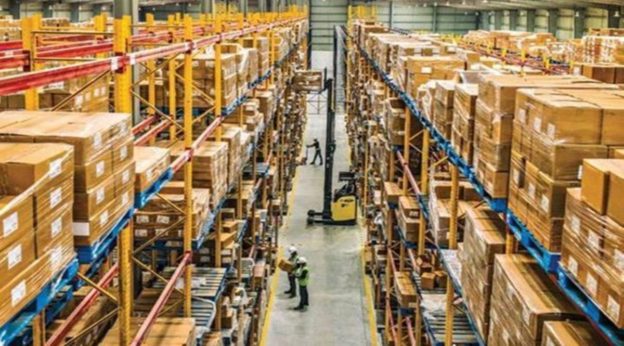“Offsetting these potential headwinds, GatiShakti and Production Linked Incentive Schemes will drive investment, which will combine with supply chains strengthened by structural reforms taken in the past few years to deliver high post-recovery growth for the Indian economy,” it said.
GatiShakti and Production-Linked Incentive Schemes will offset global headwinds and drive investment, resulting in high post-recovery growth for the Indian economy, a Finance Ministry report said.
Geopolitical conflicts and their consequent impact on food, fertiliser and crude oil prices cast a cloud on the growth outlook globally, as per the monthly Economic Review prepared by the ministry.
India may feel its impact although the magnitude will, of course, depend on how long the dislocations in energy and food markets persist in the financial year and how resilient India’s economy is to mitigate the impact, it said, adding transient shocks may not have a big effect on real growth and inflation.
“Offsetting these potential headwinds, GatiShakti and Production Linked Incentive Schemes will drive investment, which will combine with supply chains strengthened by structural reforms taken in the past few years to deliver high post-recovery growth for the Indian economy,” it said.
With growing evidence of improving labour force participation and declining unemployment rate and the government’s unwavering commitment to provide continued support to the economically poor (the PM Gharib Kalyan Yojana was extended for another six months, up to the end of September 2022), the growth path ahead will likely be a more inclusive one, it said.
PMI Services has also stayed in the expansionary zone continuously for eight months on the back of E-toll collection, E-Way Bill, Railway freight and Air Cargo, among others, complementing the robust manufacturing sector, the report noted.
Resultantly, GST collections breached Rs 1.4 lakh crore in March 2022, heralding the onset of post-recovery growth, it said, adding elevated PMI Services also reflect growth in contact-based services, as states progressively relax pandemic-induced restrictions in view of India’s COVID-19 vaccination coverage expanding faster than the decline in cases of a new infection.
In this backdrop, private consumption may be beginning to perk up. UPI transaction values and volumes have more than doubled in 2021-22, with the volume of UPI transactions in March 2022 crossing 5 billion in a month for the first time, the report said.
Observing that the capital investment by the central government for the period of April 2021 to February 2022 has surpassed the levels in the corresponding periods of pandemic and pre-pandemic years, it said, adding there are nascent signs that rising public capex may be crowding in private investments as well.
In a major vote of confidence in the attractiveness of the Indian economy as a major foreign investment destination, gross FDI inflows into the economy have risen to USD 69.7 billion in April-January 2021-22, the ministry said in the report.
Investments funded through External Commercial Borrowings (ECBs) have continued to remain on an upswing, registering a 29.7 per cent growth during April-February 2021-22, vis-a-vis the corresponding period of last year, it noted.
Growing FDIs and other capital inflows have ensured a comfortable foreign exchange reserves position with an import cover of more than 12 months, it said.
The report further said that a broad-based economic recovery has also spurred the growth of employment opportunities as reflected in net EPF subscribers reaching 15.3 lakh in January 2022, 37.4 per cent higher than in the corresponding period of the previous year.
https://www.financialexpress.com/economy/gatishakti-pli-scheme-to-offset-global-headwind-boost-growth-finmin-report/2485007/





